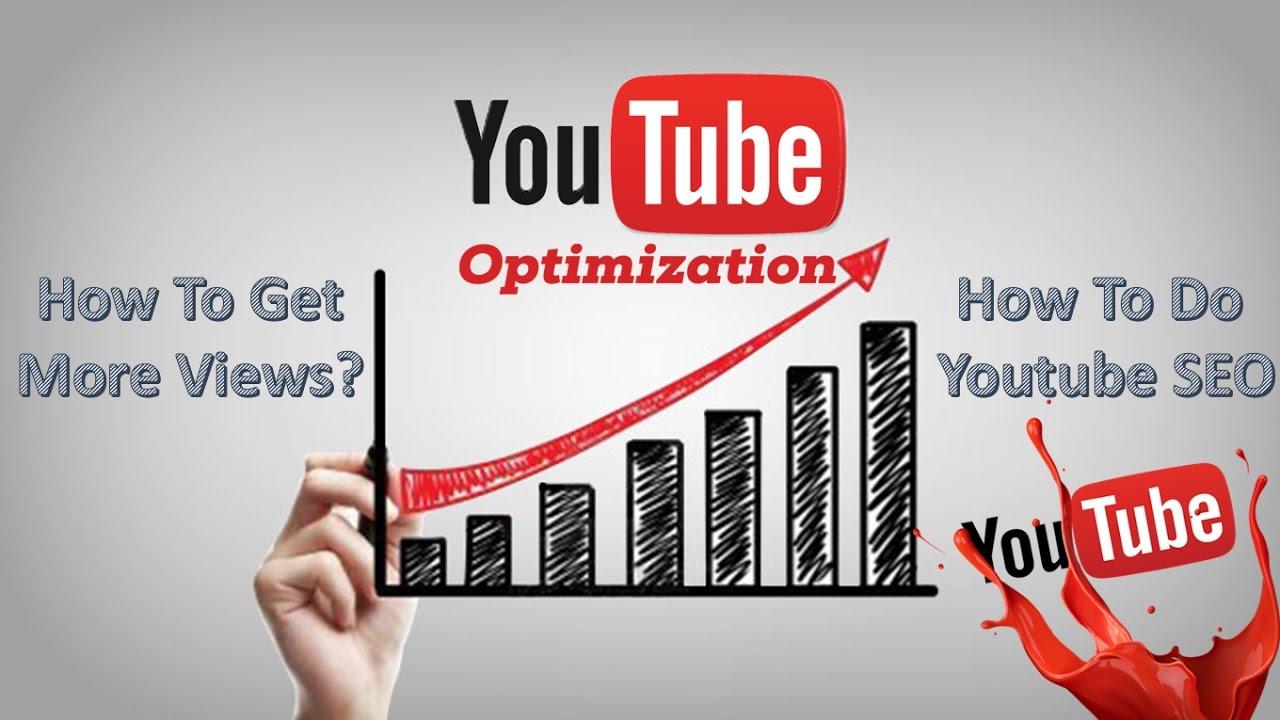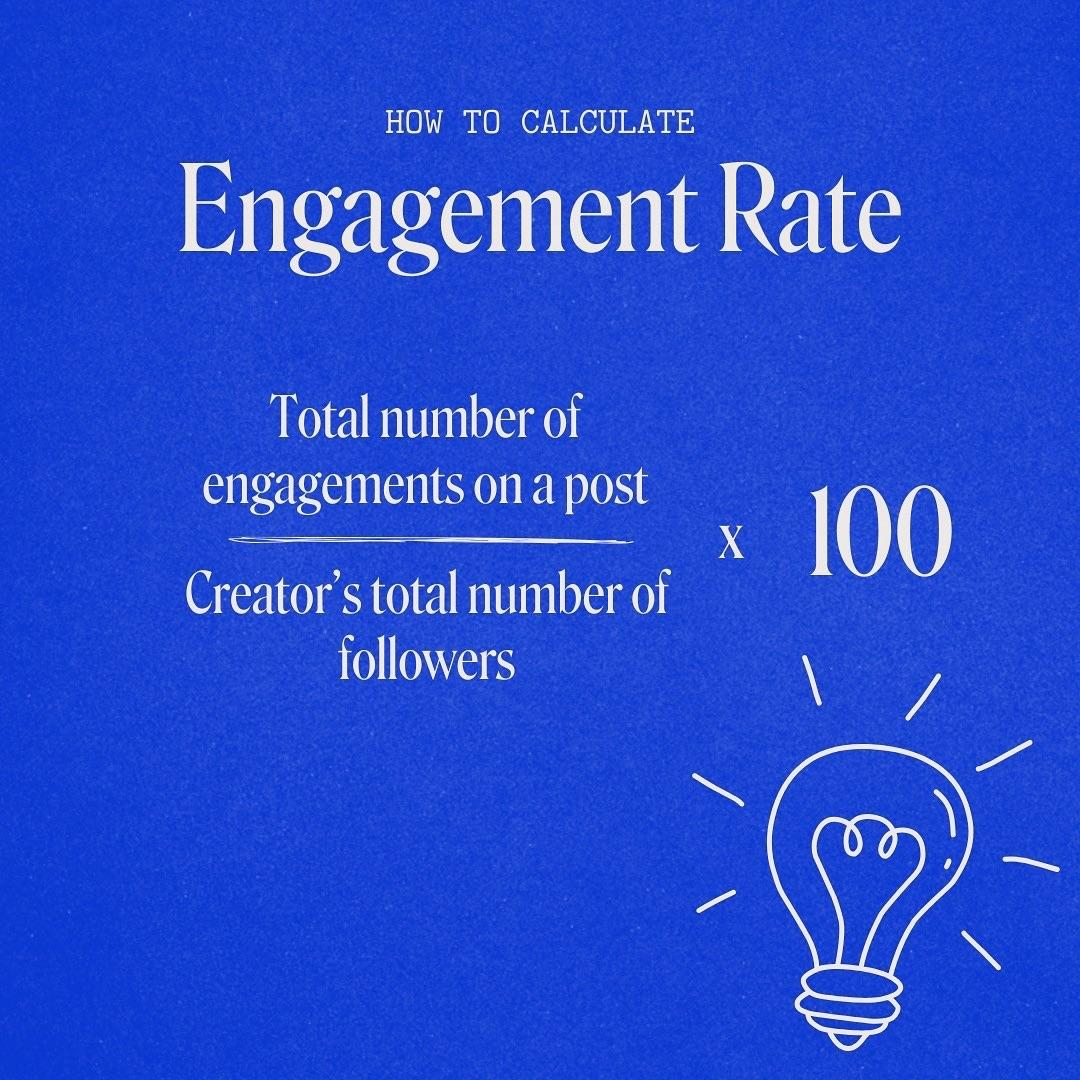
Are you ready to turn your entrepreneurial dreams into reality? If you’ve ever thought about launching your own online store, there’s no better time than now! Building a Shopify website is one of the most accessible and effective ways to start selling your products in the digital marketplace. Whether you’re a seasoned business owner or a complete newbie, Shopify provides user-friendly tools that empower you to create a stunning online presence without the need for coding skills. Imagine showcasing your unique products to customers around the world, all from the comfort of your home. In this article, we’ll walk you through the step-by-step process of building your very own Shopify website, ensuring you have everything you need to set up shop and start making sales in no time. Let’s dive in and unlock the potential of your online business together!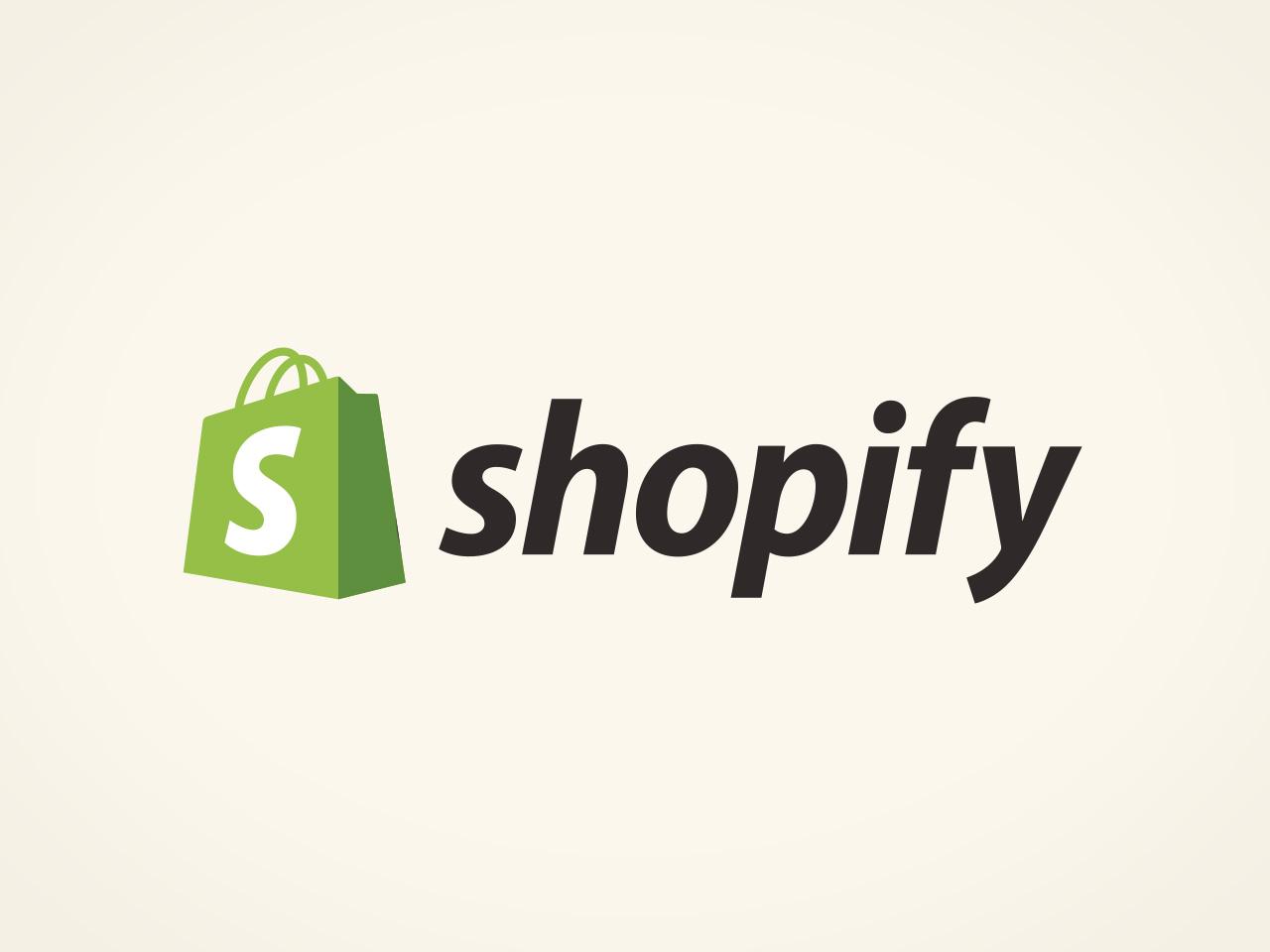
Understanding the Basics of Shopify and Its Benefits
Shopify is a powerful e-commerce platform that allows individuals and businesses to create their own online stores with ease. It is designed to cater to users of all technical levels, whether you’re a seasoned developer or a complete novice. The platform offers a plethora of features that streamline the entire process of setting up and managing an online store.
One of the standout features of Shopify is its user-friendly interface. With a simple drag-and-drop editor, you can easily customize your store’s layout and design. This means you don’t need to be a coding expert to create a professional-looking site. Just select a template, and you can start adding your products and content right away.
Another significant advantage of using Shopify is its comprehensive suite of tools that help you manage your e-commerce business effectively. From inventory management to payment processing, everything is integrated into one platform. This not only saves time but also reduces the potential for errors that can occur when using multiple systems.
Consider these key benefits:
- Mobile Responsiveness: Shopify themes are designed to be mobile-friendly, ensuring your store looks great on all devices.
- Security: Shopify provides SSL certification and PCI compliance, protecting your customers’ sensitive information.
- SEO Friendly: The platform is equipped with SEO features to help your store rank better on search engines, driving organic traffic.
- 24/7 Support: Shopify offers round-the-clock customer support, so you can get help whenever you need it.
Integrating various apps from the Shopify App Store can further enhance your store’s functionality. Whether you need tools for email marketing, social media integration, or customer relationship management, most of them can be seamlessly added to your existing store. This flexibility allows you to tailor your e-commerce experience to better fit your business needs.
Moreover, Shopify’s built-in analytics provide insightful data on customer behavior and sales performance. By understanding what works and what doesn’t, you can make informed decisions to optimize your store for greater sales and customer satisfaction. This data-driven approach is pivotal for any business aiming for long-term success in the competitive online marketplace.
To illustrate, here’s a quick comparison of basic features you can expect:
| Feature | Shopify | Others |
|---|---|---|
| Ease of Use | Yes | Varies |
| Mobile Optimization | Yes | No |
| Security Measures | Yes | Limited |
| Customer Support | 24/7 | Business Hours |
In essence, Shopify not only simplifies the process of creating an online store but also equips you with the necessary tools to grow your e-commerce business efficiently. With its myriad of features and benefits, it stands out as a leading choice for anyone looking to establish a presence in the online retail world.
Choosing the Right Shopify Plan for Your Needs
When embarking on your e-commerce journey with Shopify, one of the first critical decisions you’ll make is selecting the right plan. Shopify offers multiple pricing tiers, and understanding the features and benefits of each can help you align your choice with your business needs.
Here’s a quick overview of the primary plans available:
| Plan | Monthly Fee | Key Features |
|---|---|---|
| Basic Shopify | $39 | - Online store – 24/7 support - Discount codes |
| Shopify | $105 | – All Basic features – Gift cards - Professional reports |
| Advanced Shopify | $399 | - All Shopify features – Advanced report builder – Third-party calculated shipping rates |
Choosing a plan should start with a clear assessment of your business goals and size:
- Start-Up Phase: If you’re just launching, the Basic Shopify plan often suffices. It provides all the essential features to get your store operational without overwhelming you with advanced tools you may not need yet.
- Growing Business: As your sales increase and your operational needs become more complex, consider upgrading to the Shopify plan. The additional features, like gift cards and professional reporting, can enhance customer experience and provide insights for better decision-making.
- Established E-Commerce: If you’re running a sizable business and require advanced analytics, the Advanced Shopify plan is tailored for you. This tier offers tools that can significantly enhance your operational efficiency and customer engagement.
Another factor to consider is transaction fees. While Shopify handles payments seamlessly, using third-party payment processors may incur additional fees depending on your plan. If you plan on scaling rapidly or utilizing various payment methods, factor these fees into your decision.
don’t forget that Shopify frequently updates its offerings and features. As your business grows, it’s essential to remain agile and revisit your chosen plan periodically to ensure it continues to meet your evolving needs. Remember, the right plan today can set the foundation for your future success!

How to Pick the Perfect Domain Name for Your Store
Choosing the right domain name is crucial for your online store. It’s your first impression and a key part of your branding strategy. Here are some essential tips to help you find the perfect fit:
- Keep it short and simple: Aim for a domain name that is easy to spell and remember. A shorter name will reduce the chances of typos and make it easier for customers to return to your site.
- Use keywords: Incorporating relevant keywords can improve your store’s visibility in search engines. Think about what words your target audience might use when looking for products like yours.
- Choose the right domain extension: While .com is the most recognized domain extension, there are many others like .store, .shop, or .online. Choose one that fits your brand and makes sense for your business.
- Make it unique: Check to ensure that your desired name isn’t already in use. A unique name helps your store stand out and avoids potential legal issues.
- Consider the brandability: Your domain name should resonate with your target audience and reflect your brand’s identity. It should evoke positive associations with your products or services.
To further narrow down your options, create a shortlist of potential names and test them out. You can ask friends or family for their opinions or even conduct a poll on social media to get feedback. Here’s a simple table to help you compare your top choices:
| Domain Name | Available? | Memorable? | Brand Fit? |
|---|---|---|---|
| examplestore.com | Yes | Yes | Yes |
| shopexample.net | No | No | Maybe |
| mystoreonline.org | Yes | Yes | Yes |
Once you’ve narrowed it down, consider how your domain name will look on marketing materials. Visual appeal can be a deciding factor, so say it out loud and see how it feels. Remember, you’ll want a domain that fits seamlessly into your marketing efforts.
Lastly, don’t rush the decision. Take your time to brainstorm and explore various combinations until you find a name that clicks. A well-chosen domain name can grow with your brand and become a valuable asset as your business expands.
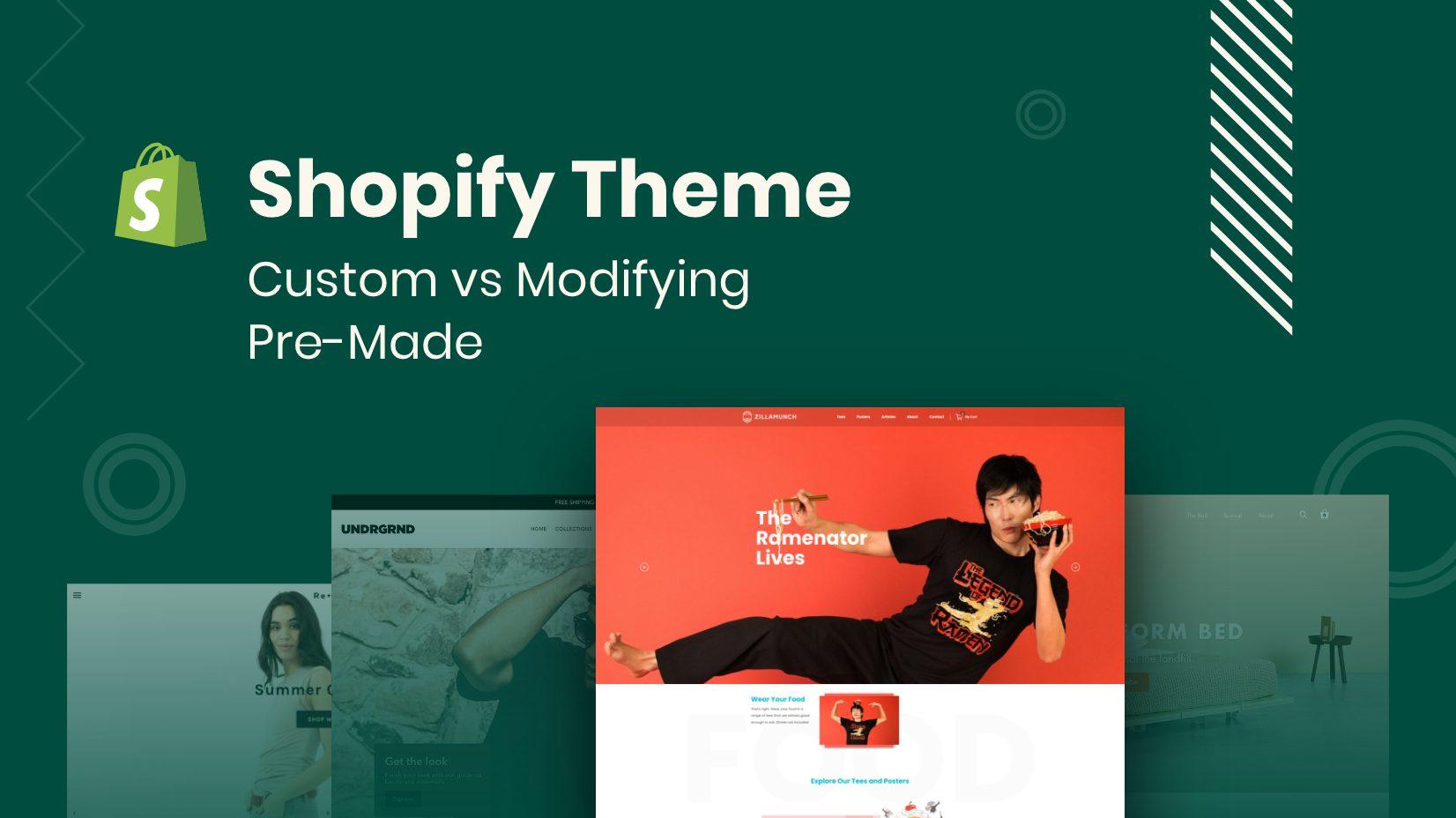
Customizing Your Shopify Theme for a Unique Look
Customizing your Shopify theme is one of the most exciting parts of building your online store. It’s where your brand identity can truly shine and differentiate you from competitors. With a variety of themes available, you’ll find options that are not only visually stunning but also optimized for functionality. Here’s how to get started on making your Shopify store uniquely yours.
First, consider the colors that represent your brand. Color psychology plays a vital role in influencing consumer behavior. Choose a palette that resonates with your target audience and reflects your brand’s personality. Here are some popular color associations to guide your choices:
- Blue: Trust, security
- Red: Excitement, urgency
- Green: Growth, health
- Yellow: Optimism, warmth
Next up, typography is key in establishing your store’s tone. Select fonts that are both aesthetically pleasing and legible. Combining a stylish header font with a clean body font can create a professional look. Consider using tools like Google Fonts to explore a wide variety of options. A simple rule of thumb is:
- Use no more than two different fonts.
- Ensure good contrast between text and background.
- Maintain readability across devices.
Images play a crucial role in e-commerce as they directly impact conversions. Invest in high-quality images that showcase your products effectively. Utilize Shopify’s built-in tools to create sliders and image galleries that grab attention. Don’t forget to optimize your images for faster loading times, as this can significantly affect user experience.
| Type of Image | Purpose | Recommended Size |
|---|---|---|
| Product Images | Showcase products | 2048 x 2048 px |
| Banners | Promotional content | 1200 x 400 px |
| Thumbnails | Grid display | 400 x 400 px |
Don’t overlook the importance of navigation. A clear and intuitive menu structure enhances user experience and helps guide potential customers to their desired products. Organize your menu logically, and consider adding a search bar to improve accessibility. Implement categories that resonate with your audience, and always ensure that your most popular products are easily discoverable.
Lastly, integrate apps that enhance your store’s functionality. Shopify’s App Store offers a plethora of plugins that can help with everything from SEO optimization to email marketing. Whether you want to add live chat support or improve your inventory management, there’s an app out there that can make it happen. Just be mindful of keeping your site streamlined and not overcrowding it with features.
Essential Apps to Enhance Your Shopify Store Experience
When it comes to building a successful Shopify store, using the right apps can make all the difference. These powerful tools can streamline your operations, improve customer engagement, and ultimately boost your sales. Here’s a look at some essential apps that every Shopify store owner should consider integrating into their online business.
- Oberlo: Perfect for dropshipping, Oberlo allows you to easily import products from various suppliers directly into your store. You can manage your inventory and fulfill orders automatically, saving you time and effort.
- Shopify Email: Communicating with your customers is key. Shopify Email lets you create stunning email campaigns that can help you stay connected with your audience while promoting your products effectively.
- Yotpo: Building trust is crucial, and Yotpo helps you collect customer reviews, photos, and Q&A. Positive social proof can significantly influence purchasing decisions, making this app invaluable.
- Klaviyo: This robust email marketing tool goes beyond just sending newsletters. Klaviyo allows you to create personalized campaigns based on customer behavior, ensuring your messages resonate with your audience.
- Recharge: If you’re considering a subscription model, Recharge makes it easy to set up and manage subscriptions, improving customer retention and providing predictable revenue.
When selecting apps for your store, consider the specific needs of your business. A well-rounded selection can cover various aspects, from inventory management to marketing automation. Here’s a quick comparison table of some popular apps:
| App Name | Primary Function | Best For |
|---|---|---|
| Oberlo | Dropshipping Management | New Entrepreneurs |
| Shopify Email | Email Campaigns | Brand Engagement |
| Yotpo | Customer Reviews | Building Trust |
| Klaviyo | Email Automation | Targeted Marketing |
| Recharge | Subscription Services | Recurring Revenue |
Integrating these apps into your Shopify store not only enhances functionality but also provides a better shopping experience for your customers. Make sure to regularly review and optimize your app choices based on the performance metrics you observe. Your store’s success relies on staying agile and responsive to your customers’ needs.
Ultimately, the right combination of apps can transform your Shopify store from a basic online shop into a thriving e-commerce powerhouse. Start exploring these options today and see which ones work best for your business model, and don’t hesitate to experiment until you find the perfect fit!
Setting Up Payment Gateways to Maximize Sales
Choosing the right payment gateway is crucial for enhancing your Shopify store’s sales potential. It’s not just about accepting payments; it’s about making the checkout process as seamless and trustworthy as possible for your customers. A smooth transaction experience can significantly reduce cart abandonment rates and increase conversion rates.
To get started, consider the following factors when selecting a payment gateway:
- Transaction Fees: Different gateways have varying fee structures. Look for one that balances affordability and features.
- Payment Methods: Ensure the gateway supports multiple payment options, including credit cards, digital wallets (like PayPal or Apple Pay), and even cryptocurrencies.
- Currency Support: If you plan to sell internationally, the ability to process payments in multiple currencies can expand your market reach.
- User Experience: A gateway that provides a frictionless checkout experience will help minimize drop-offs during the payment process.
Integrating a payment gateway with Shopify is straightforward, but it’s essential to follow each step carefully. Start by navigating to your Shopify admin panel, then follow these steps:
- Go to Settings and click on Payment Providers.
- Select your preferred payment gateway from the list or click on Choose Alternative Payment to view more options.
- Follow the prompts to create an account or connect your existing account.
- Configure the settings based on your business needs, including payment options and security settings.
Another vital aspect is to test your payment gateway before going live. This step ensures that all transactions are processed correctly and that customers receive confirmation of their purchases. Create a test product and run a few transactions to check how everything flows. This process not only builds your confidence but also ensures that your customers will have a smooth experience.
consider the security features of your chosen gateway. Customers need to feel confident that their payment information is secure. Look for gateways that offer:
- PCI Compliance: This ensures that the payment process meets strict security standards.
- Fraud Detection Tools: These tools can help identify and prevent fraudulent transactions, protecting both your business and your customers.
- SSL Encryption: This adds an extra layer of protection during transactions, reassuring customers their data is safe.
| Payment Gateway | Transaction Fee | Supported Payment Methods | Availability |
|---|---|---|---|
| PayPal | 2.9% + $0.30 | Credit, Debit, PayPal balance | Worldwide |
| Stripe | 2.9% + $0.30 | Credit, Debit, Apple Pay, Google Pay | Worldwide |
| Authorize.Net | 2.9% + $0.30 | Credit, Debit, eChecks | USA, Canada, UK, Australia |
By carefully selecting and integrating the right payment gateways, you’ll not only enhance your Shopify store’s functionality but also build trust with your customers. This trust leads to higher sales and a loyal customer base, paving the way for your online business’s success.

Creating Compelling Product Descriptions That Sell
When it comes to selling online, a compelling product description can make all the difference. It’s not just about listing features; it’s about telling a story that resonates with potential customers. Here’s how to craft descriptions that not only inform but also persuade.
Know Your Audience
Understanding who you are selling to is crucial. Tailor your language, tone, and content to meet the needs and desires of your target market. Consider:
- What problem does your product solve for them?
- What emotions do you want to evoke?
- What are their preferences in terms of style and tone?
Focus on Benefits, Not Just Features
While it’s important to outline what your product does, it’s even more vital to explain how it improves the customer’s life. Use descriptive language that illustrates the benefits:
- Instead of saying “This blender has 1000 watts,” say ”Experience the power of a professional-grade blender that turns fruits into smooth, velvety smoothies in seconds.”
- Highlight time-saving features that allow your customers to enjoy more of what they love.
Utilize Storytelling Techniques
People love stories. Relate your product to a scenario that your audience can visualize. For example, if you sell hiking gear, describe an exhilarating day in the mountains, emphasizing how your product enhances that experience. This approach not only captivates attention, but it also builds a connection.
Incorporate Social Proof
Including testimonials or user reviews within your product descriptions can significantly boost credibility. Consider adding a small section like this:
| Customer | Review |
|---|---|
| Jane D. | “This blender has transformed my mornings! I can’t imagine my smoothie routine without it!” |
| Mike S. | “I love how easy it is to clean, and it blends everything perfectly!” |
Include a Call to Action
Every product description should close with a strong call to action that encourages the reader to take the next step. Phrases like:
- “Grab yours today and experience the difference!”
- “Don’t miss out on this limited-time offer!”
By guiding customers on what to do next, you increase the chances of conversion.
Keep It Scannable
Make your product descriptions easy to read by using bullet points, short paragraphs, and strategic formatting. Highlight key information so customers can quickly scan and find what they need. Remember, a clear and concise description is often more effective than a lengthy one.
Lastly, don’t forget to optimize for SEO. Incorporate relevant keywords naturally to improve the visibility of your product pages. This way, not only will your descriptions sell, but they’ll also help draw in more potential customers.

Optimizing Your Store for Search Engines and Visibility
To maximize your Shopify store’s visibility in search engines, start by conducting comprehensive keyword research. Identify relevant keywords that potential customers use to find products similar to yours. Tools like Google Keyword Planner, Ahrefs, or SEMrush can guide you in selecting the right terms. Incorporate these keywords naturally into your product titles, descriptions, and meta tags.
Next, focus on on-page SEO. This includes optimizing your product pages, collections, and blog posts. Ensure each page has a unique and descriptive title tag and meta description. Here’s a quick checklist to follow:
- Use targeted keywords in the title tag.
- Write compelling meta descriptions that encourage clicks.
- Use header tags (H1, H2, H3) to create a content hierarchy.
- Include alt text for images to improve accessibility and searchability.
Another crucial aspect is content creation. Regularly update your blog with valuable content related to your products or niche. This not only engages your audience but also establishes your store as an authority in your field. Consider producing:
- How-to guides that showcase your products.
- Industry news or trends that keep your audience informed.
- Customer stories or testimonials that build trust.
Your Shopify store’s loading speed is a vital factor for both user experience and SEO. A slow site can lead to higher bounce rates, negatively impacting your rankings. Use tools like Google PageSpeed Insights to analyze your store’s performance and implement suggestions to improve load times. Simple actions such as optimizing images, leveraging browser caching, and minimizing JavaScript can make a significant difference.
Don’t forget about the importance of mobile optimization. With a significant portion of online shopping occurring on mobile devices, ensure your store is responsive. Shopify themes are generally mobile-friendly, but always test your site on various devices to confirm that everything works seamlessly.
actively build backlinks to your site. This can be achieved through guest blogging, collaborating with influencers, or creating shareable content, such as infographics. The more quality sites that link back to your store, the better your ranking will be in search engine results. Focus on creating relationships with other businesses and bloggers in your niche to enhance your link-building efforts.
| Action | Benefit |
|---|---|
| Keyword Research | Targeted traffic |
| On-Page SEO | Improved rankings |
| Content Creation | Customer engagement |
| Site Speed Optimization | Lower bounce rates |
| Mobile Optimization | Better user experience |
| Backlink Building | Authority and traffic |
By implementing these strategies, you can significantly enhance your store’s visibility and attract more potential customers. Remember, SEO is a continuous process, so stay up to date with the latest trends and adapt your strategy accordingly.
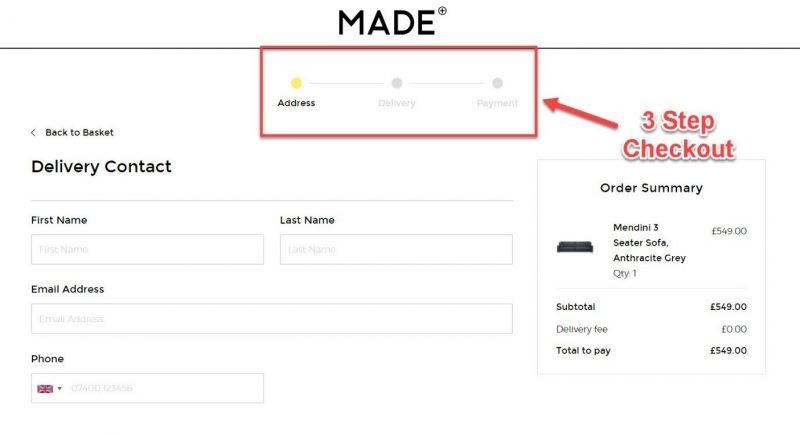
Crafting a Seamless Checkout Process for Higher Conversions
Creating a streamlined checkout process is crucial for boosting your Shopify store’s conversion rates. A complicated or lengthy checkout can lead to cart abandonment, costing you potential sales. Here are some strategies to create a user-friendly experience:
- Simplify the Checkout Form: Limit the number of fields customers need to fill out. Only ask for essential information to complete the purchase. Consider offering guest checkout options, which allow users to buy without creating an account.
- Implement Auto-Fill Features: Incorporate auto-fill options for address fields to save time for your customers. This minimizes friction and speeds up the checkout process.
- Enhance Payment Options: Provide multiple payment methods, including credit cards, PayPal, and digital wallets like Apple Pay and Google Pay. This flexibility caters to different customer preferences.
Establish trust by displaying security badges prominently during the checkout. When customers see that their information is secure, they are more likely to complete their purchase. Additionally, offering clear shipping and return policies can alleviate customer concerns:
| Shipping Policy | Return Policy |
|---|---|
| Free shipping on orders over $50 | 30-day hassle-free returns |
| Expedited shipping available | Return shipping paid by the customer |
Another effective tactic is to display a progress indicator during checkout. This gives customers a clear understanding of how many steps remain, which can reduce anxiety. Include well-placed call-to-action buttons that guide users smoothly through the process:
- Use Contrasting Colors: Make sure your buttons stand out visually to draw attention.
- Keep Labels Clear: Use direct labels such as “Continue to Payment” instead of vague terms.
always optimize your checkout process for mobile devices. A growing number of consumers shop on their phones, so a responsive design that adapts to various screen sizes is essential. Testing on multiple devices ensures that every customer enjoys a seamless experience:
- Check Load Times: A slow-loading checkout page can frustrate customers.
- Use Larger Touch Targets: Make buttons and links easy to tap on smaller screens.
By focusing on these elements, you can create a checkout process that not only enhances the user experience but also significantly increases your conversion rates. Implementing these strategies will lead to smoother transactions and happier customers, ultimately benefiting your bottom line.

Leveraging Social Media to Drive Traffic to Your Shopify Site
In today’s digital landscape, social media is a powerhouse for driving traffic to your Shopify site. With billions of users across various platforms, tapping into this resource can significantly enhance your online visibility and sales. Here are some effective strategies to maximize your social media presence:
- Create Engaging Content: Share high-quality images, videos, and stories that resonate with your target audience. Showcase your products in real-life scenarios and encourage user-generated content.
- Utilize Hashtags: Use relevant hashtags to broaden your reach. Research trending tags in your niche and incorporate them into your posts to attract potential customers.
- Run Contests and Giveaways: Encourage followers to engage with your brand through contests. This not only boosts engagement but also increases your follower count, directing more traffic to your Shopify store.
- Collaborate with Influencers: Partnering with influencers can amplify your brand’s reach. Choose influencers who align with your brand values and have a genuine connection with their audience.
- Use Stories and Live Videos: Platforms like Instagram and Facebook allow for ephemeral content. Use stories to showcase promotions, behind-the-scenes looks, or product launches to keep your audience interested and engaged.
To track the effectiveness of your social media efforts, consider setting up a content calendar. This will help you stay organized and ensure that you’re posting regularly across platforms. Here’s a simple example of what a weekly content calendar could look like:
| Day | Platform | Content Type | Goal |
|---|---|---|---|
| Monday | Product Showcase | Increase Engagement | |
| Wednesday | Behind-the-Scenes | Build Brand Trust | |
| Friday | Customer Testimonial | Encourage Shares |
Don’t forget to analyze your social media metrics regularly. Platforms offer insights into which posts perform better and what time your audience is most active. Adjust your strategy based on these insights to continually refine your approach.
Lastly, ensure your social media profiles link directly to your Shopify site. Make it easy for potential customers to navigate from your posts to your product pages. This seamless transition can significantly increase conversion rates, turning casual browsers into paying customers.

Building Trust with Customers Through Effective Policies
Creating a trustworthy environment is essential for any online business, particularly on platforms like Shopify. One of the most effective ways to foster trust is through clear and effective policies. Customers want to feel secure in their transactions, and having well-defined policies assures them that their rights are protected.
When drafting your policies, keep the following aspects in mind:
- Transparency: Be upfront about your shipping, return, and privacy policies. Customers appreciate honesty and clarity.
- Consistency: Ensure that your policies are not only clear but also consistently applied. This builds a reliable reputation over time.
- Accessibility: Make your policies easy to find. A dedicated section on your website provides customers with quick access to the information they need.
Shipping Policy: This is often the first point of contention for customers. You should clearly outline:
- Shipping methods available
- Estimated delivery times
- Shipping costs
Consider presenting your shipping policy in a table format for enhanced clarity:
| Shipping Method | Delivery Time | Cost |
|---|---|---|
| Standard Shipping | 5-7 Business Days | $5.99 |
| Express Shipping | 2-3 Business Days | $15.99 |
| Free Shipping | 7-10 Business Days | Over $50 |
Next, having a well-defined return policy can significantly enhance customer trust. Be clear about:
- The time frame for returns
- Conditions for product returns
- The process for initiating a return
don’t underestimate the power of a strong privacy policy. Customers want to know how their data is used. Address these points in your policy:
- What personal information you collect
- How you use this information
- How you protect their data
By creating well-defined policies that address shipping, returns, and privacy, you not only build trust with your customers but also enhance your Shopify website’s credibility. This foundational trust can lead to increased customer loyalty, repeat purchases, and positive word-of-mouth—all vital components of a thriving online business.

Utilizing Analytics to Fine-Tune Your Store Performance
In today’s competitive online marketplace, leveraging analytics is crucial for optimizing your store’s performance. By harnessing the power of data, you can make informed decisions that drive sales and enhance the overall shopping experience for your customers. Here are some key strategies to help you utilize analytics effectively:
- Track Customer Behavior: Use tools like Google Analytics or Shopify’s built-in analytics to monitor how customers interact with your store. Understanding their journey can highlight which pages are performing well and which ones need improvement.
- Analyze Traffic Sources: Identify where your visitors are coming from. This will help you focus your marketing efforts on the most effective channels, be it social media, email marketing, or SEO.
- Segment Your Audience: Divide your customers into different groups based on their purchasing behavior and demographics. This allows for targeted marketing strategies that can improve engagement and conversion rates.
Once you have a clear picture of your customer behavior, it’s time to dive deeper into performance metrics. Metrics such as conversion rate, average order value, and cart abandonment rate are vital indicators of your store’s health. Here’s how you can make sense of them:
| Metric | Description | What to Improve |
|---|---|---|
| Conversion Rate | The percentage of visitors that make a purchase. | Enhance product pages, simplify checkout. |
| Average Order Value (AOV) | The average amount spent per transaction. | Implement upselling and cross-selling techniques. |
| Cart Abandonment Rate | The percentage of carts that are abandoned before purchase. | Send follow-up emails, offer discounts. |
Implementing changes based on your findings can significantly impact your store’s performance. For example, if you notice a high cart abandonment rate, consider optimizing your checkout process or offering incentives like free shipping. Remember, even small adjustments can lead to substantial improvements.
Additionally, A/B testing is an excellent way to refine your strategies. By comparing two versions of a webpage or an email campaign, you can determine which one resonates more with your audience. This method allows you to make data-driven decisions rather than relying on guesswork.
set up regular reviews of your analytics. Weekly or monthly check-ins will help you stay on top of trends and make necessary adjustments promptly. Continuously iterating on your strategies based on data will give you a competitive edge in the eCommerce landscape.
Incorporating analytics into your store management is no longer optional; it’s essential for driving growth and ensuring your eCommerce site remains responsive to customer needs. The insights you gain will allow you to fine-tune your operations and create a shopping experience that keeps customers coming back.
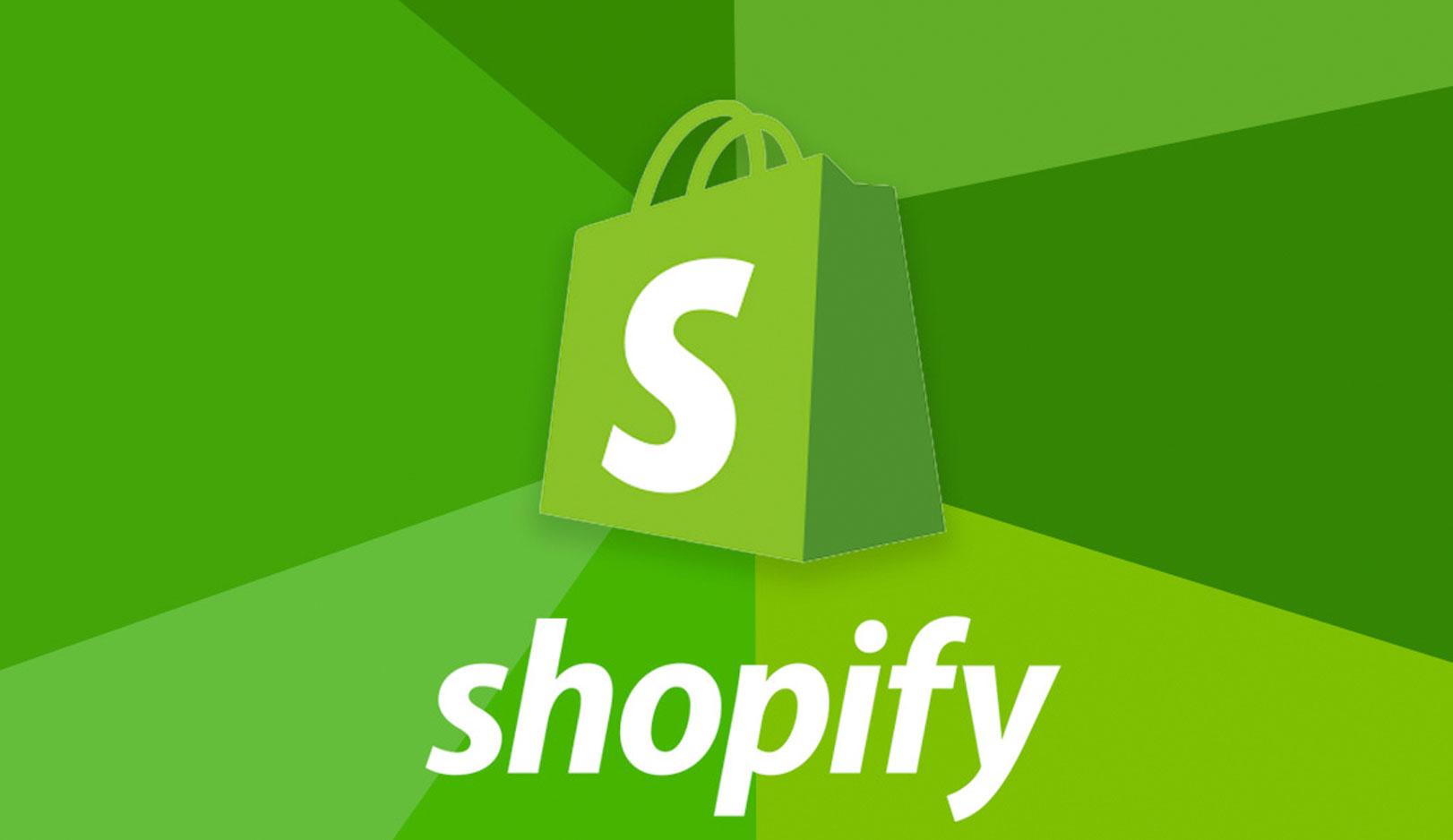
Marketing Strategies to Boost Your Shopify Sales
Once your Shopify website is up and running, the next step is to attract customers and drive sales. Implementing effective marketing strategies can make all the difference in your e-commerce success. Here are some actionable tactics to elevate your Shopify sales.
Leverage Social Media Advertising
Social media platforms are powerful tools for reaching your target audience. Consider utilizing:
- Facebook Ads: Target specific demographics and interests to promote your products effectively.
- Instagram Shopping: Utilize shoppable posts to turn your visual content into revenue.
- Pinterest Promotions: Use visually appealing pins that link directly to your Shopify store.
Optimize for Search Engines
SEO is crucial for organic traffic. Make sure to:
- Use Relevant Keywords: Research and incorporate keywords that your customers are searching for.
- Optimize Product Descriptions: Write unique and engaging product descriptions that include targeted keywords.
- Enhance Page Load Speed: A faster website improves user experience and boosts your search rankings.
Email Marketing Campaigns
Email marketing remains one of the most effective strategies. Here’s how to make the most of it:
- Build a Mailing List: Offer incentives like discounts or exclusive content to encourage sign-ups.
- Segment Your Audience: Tailor your campaigns based on customer behavior and preferences.
- Automate Your Campaigns: Use marketing automation tools to send timely and relevant emails.
Influencer Collaborations
Partnering with influencers can quickly expand your reach. Consider these steps:
- Identify Relevant Influencers: Look for influencers whose audience aligns with your brand.
- Create Compelling Offers: Provide them with unique discount codes to share with their followers.
- Track Engagement: Monitor the effectiveness of collaborations to refine future partnerships.
Utilize Customer Reviews
Social proof can significantly influence purchasing decisions. Encourage satisfied customers to:
- Leave Reviews: Create a seamless process for customers to share their feedback.
- Showcase Testimonials: Highlight positive reviews prominently on your product pages.
- Integrate User-Generated Content: Encourage customers to share photos of their purchases on social media.
Incentivize Repeat Purchases
Retaining customers is often cheaper than acquiring new ones. To encourage repeat business, offer:
- Loyalty Programs: Reward customers for their repeat purchases with points or discounts.
- Exclusive Deals: Send personalized offers to past customers to entice them back.
- Seasonal Promotions: Run promotions during holidays or special occasions to boost sales.
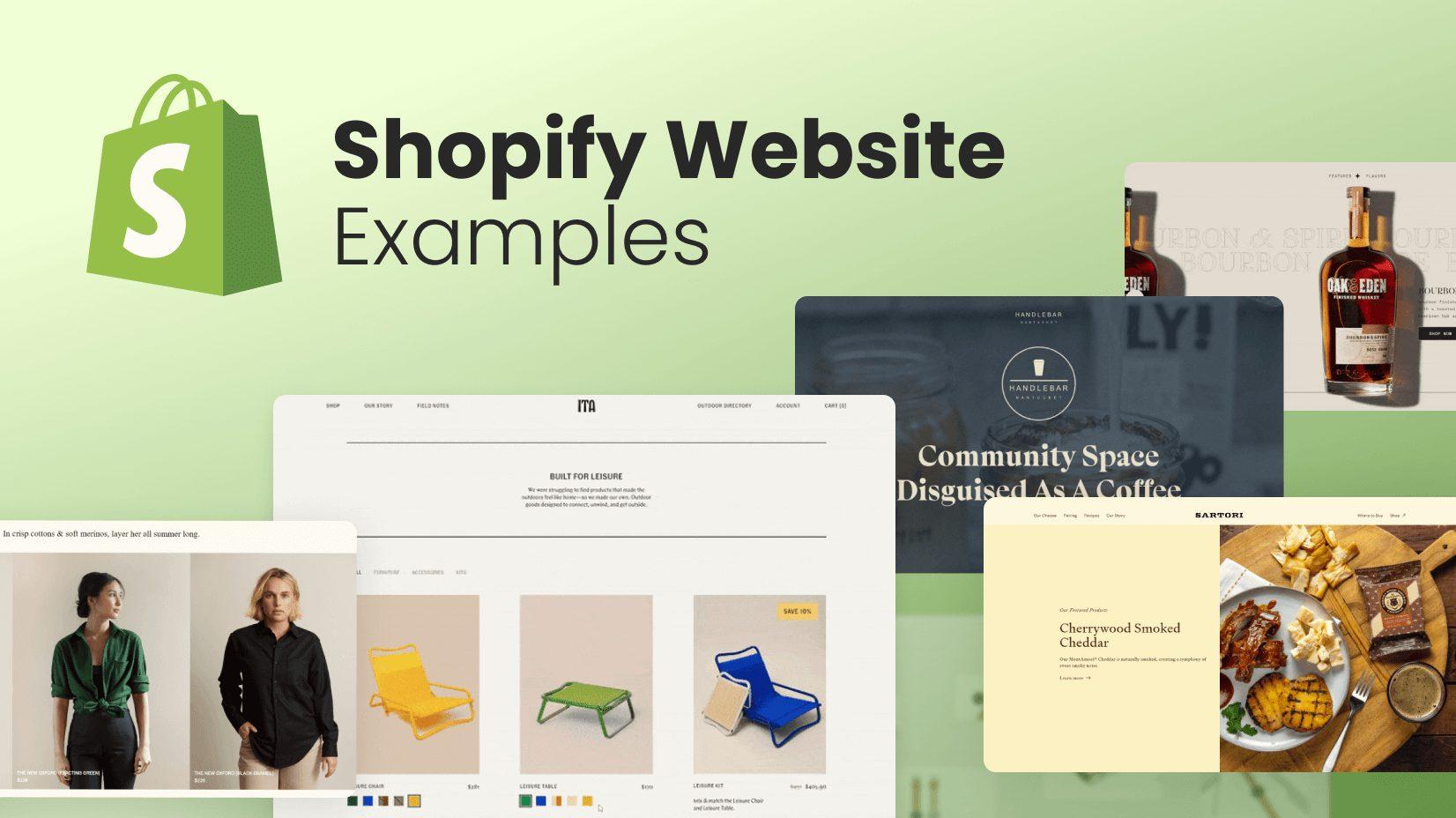
Maintaining and Updating Your Shopify Website for Long-Term Success
Keeping your Shopify website fresh and functional is crucial for attracting and retaining customers. A well-maintained site not only enhances user experience but also boosts your search engine rankings. Here are some essential strategies to ensure your Shopify store remains up-to-date and effective:
- Regularly Update Your Content: Fresh content is vital for engaging visitors. Update your product descriptions, blog posts, and homepage banners frequently to reflect current offerings and promotions.
- Monitor Analytics: Use Shopify’s built-in analytics to track visitor behavior. Understanding how users interact with your site can provide valuable insights for improvements.
- Optimize for Mobile: With increasing mobile traffic, ensuring your site is responsive and mobile-friendly is non-negotiable. Test your site on various devices and screen sizes.
Moreover, your website’s design should evolve to keep pace with trends. Here are some tips for a successful design update:
- Revamp Your Theme: Consider refreshing your Shopify theme every year or so. Choose a theme that aligns with your brand and enhances usability.
- Enhance Navigation: Simplify your site’s navigation to make it easier for customers to find what they need. A clean, intuitive menu can significantly improve user experience.
Don’t forget about the technical aspects of your site. Regular maintenance is key to smooth operation:
| Maintenance Task | Frequency |
|---|---|
| Check for Broken Links | Monthly |
| Update Apps | Weekly |
| Backup Website | Monthly |
| Review SEO Settings | Quarterly |
consider engaging with your audience to foster loyalty and build a community around your brand:
- Collect Feedback: Encourage customer reviews and feedback. This not only helps you improve but also shows customers that you value their opinions.
- Engage on Social Media: Share updates, promotions, and content on social platforms. This keeps your brand in front of customers and drives traffic back to your site.
By incorporating these strategies, you’ll not only maintain your Shopify website but also position it for long-term success. Remember, a thriving online store is a dynamic one that adapts to the changing needs of its audience.
Frequently Asked Questions (FAQ)
Q&A: How to Build a Shopify Website
Q: What is Shopify, and why should I choose it for my online store?
A: Great question! Shopify is a powerful e-commerce platform that allows you to create and manage your online store with ease. It’s user-friendly, so even if you don’t have a tech background, you can still build a stunning website. Plus, Shopify offers a variety of themes and apps, making it incredibly flexible. Whether you’re selling handmade crafts or digital products, Shopify has the tools to help you succeed. It’s like having a storefront in your pocket!
Q: I’m new to website building. Do I need any coding skills to use Shopify?
A: Not at all! One of the best things about Shopify is that it’s designed for everyone, regardless of their technical skills. The platform provides a drag-and-drop interface and customizable templates, so you can design your site without writing a single line of code. If you ever need to tweak something more advanced, there are plenty of resources and tutorials available. Trust me; you can do this!
Q: What steps should I take to get started with building my Shopify website?
A: Starting your Shopify website is as easy as 1-2-3! First, sign up for a Shopify account. They often offer a free trial, so you can test it out before committing. Next, choose a theme that resonates with your brand. Shopify has a wide range of both free and premium themes to choose from. customize your theme, add your products, set up payment methods, and launch your site! It’s like building a puzzle, and each piece comes together to create your online masterpiece.
Q: How do I choose the perfect theme for my store?
A: Selecting the right theme is crucial, as it’s the first impression customers will have of your brand. Start by considering your target audience and the vibe you want to convey. Shopify themes are categorized by industry, so browse through those that fit your niche. Look for a responsive design (one that looks good on mobile and desktop) and one that offers customization options. Don’t hesitate to preview your favorites to see how they’ll look with your products!
Q: What about products? How do I add them to my Shopify site?
A: Adding products is super simple! Once you’re in your Shopify dashboard, navigate to the “Products” section and click “Add product.” You’ll enter details like product name, description, price, and images. Make sure to write compelling product descriptions that highlight the benefits and features. Don’t forget to use high-quality images; they can make a world of difference in how customers perceive your products!
Q: How do I handle shipping and taxes on my Shopify website?
A: Shopify has built-in tools to help you set up shipping rates and tax calculations. Head to the “Settings” section in your dashboard and select “Shipping and delivery.” Here, you can define shipping zones and rates based on where your customers are located. For taxes, you can set it up to automatically calculate based on your location or your customers’ locations. Shopify makes it straightforward, so you can focus on selling!
Q: How can I drive traffic to my new Shopify store?
A: Fantastic question! Driving traffic is key to your store’s success. Start by optimizing your website for search engines (SEO) by using relevant keywords in your titles and product descriptions. You can also leverage social media platforms to promote your products and engage with your audience. Consider running paid ads, collaborating with influencers, or starting an email marketing campaign to attract potential customers. Remember, the more visibility you gain, the more sales opportunities you create!
Q: What resources can I use if I get stuck while building my Shopify website?
A: No need to worry! Shopify offers a wealth of resources. Their Help Center is packed with tutorials and articles covering everything from basic setup to advanced features. There are also forums and community groups where you can ask questions and share experiences with other Shopify users. And if you ever feel overwhelmed, consider hiring a Shopify Expert for personalized help. You’re not alone on this journey!
Q: What’s the most important piece of advice you can give someone starting their Shopify website?
A: My best advice? Don’t overthink it! Perfection can wait. Start by getting your store live and then refine it over time based on customer feedback. The e-commerce world is always evolving, and so should your website. Focus on providing value to your customers and building a brand they can trust. With passion, persistence, and a great Shopify site, you can turn your dream into a thriving business!
Future Outlook
As we wrap up our journey on building your very own Shopify website, remember that the power to create a stunning online store is right at your fingertips. You’ve learned the ins and outs of setting up your store, from selecting the perfect theme to optimizing for SEO and marketing your products effectively. Now, it’s time to take that knowledge and put it into action!
Building an online store might seem daunting at first, but with Shopify’s user-friendly platform, you have all the tools you need to succeed. Every click of the mouse gets you one step closer to launching a site that not only showcases your products but also reflects your unique brand. So, why wait? Dive in, experiment, and watch your business come to life.
Remember, the only limit is your creativity and determination. Don’t hesitate to reach out to the Shopify community or explore additional resources if you need a helping hand along the way. Now, go ahead—start building your dream website and turn your entrepreneurial vision into reality. Happy selling!




